Located at the head of the Kvarner Gulf, Rijeka is Croatia’s third-largest city with a population of around 128,000 and its busiest port.
Like many other towns and cities in the region, Rijeka was once an Illyrian and then a Roman settlement – though unlike much of the rest of the Croatian coast, it has the distinction of never quite having fallen under the rule of Venice. Backed by the great arc of mountains that form the Gorski kotar range, Rijeka has a mild climate, and is a living city all year round, not somewhere that closes up over the winter when the tourists leave. The town centre is divided from the residential area of Sušak by the River Rječina, and gets its name (in both Croatian and Italian) from the word for river, rijeka (fiume in Italian).
Home to grand Secessionist architecture, broad pedestrian streets strewn with cafés, some excellent restaurants, a major pilgrimage site up on the hill at Trsat, and one of the largest, most vibrant carnivals to be found anywhere in Europe, the 2020 European Capital of Culture is well-deserving of a two-night stay.
What to do in Rijeka
Stroll along the Korzo
At the heart of Rijeka’s daily life is the Korzo, a broad pedestrian artery running from east to west through the city centre, lined with cafés. Spend the morning sampling the street’s impressive array of eateries while getting your bearings in the city.
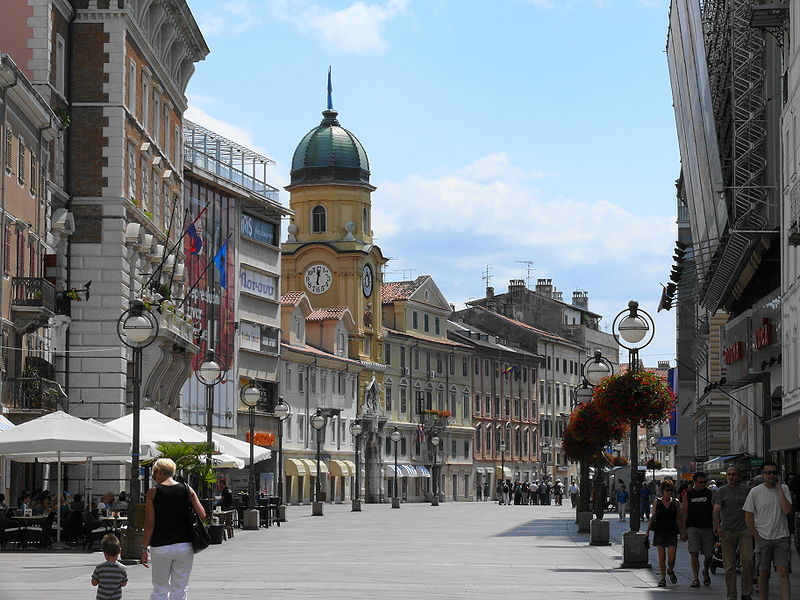
Partway along the Korzo (between Jadranski trg and Trg Republike Hrvatske) you’ll find The Walker, a 2010 sculpture by Ivan Kožarić, one of Croatia’s greatest living artists (perhaps most famous for his sculpture of the poet Antun Gustav Matoš sitting on a bench in Zagreb). Other sculptures in the centre include the Croatian avant-garde writer and satirist Janko Polić Kamov leaning nonchalantly on a bridge by the Hotel Continental (he was born just round the corner in the suburb of Sušak in 1886).
The City Tower or Clock Tower (Gradski toranj) on the Korzo dates back to the medieval period and marks the site of one of the old city gates, though what you see now is Baroque. Note the imperial coat of arms above the arch, and the relief of the Austrian emperors Leopold and Charles VI.
Marvel at the Cathedral of St Vitus
The Cathedral of St Vitus (Katedrala Sv vida), the patron saint of Rijeka, lies just uphill from the City Tower and is the perfect spot to appreciate some of the city’s most striking architecture. Its unusual design is more or less unique in Croatia – a large rotunda, modelled on Santa Maria della Salute in Venice. It was built in the late 17th century on the remains of an earlier church (also dedicated to St Vitus) by the local Jesuits.
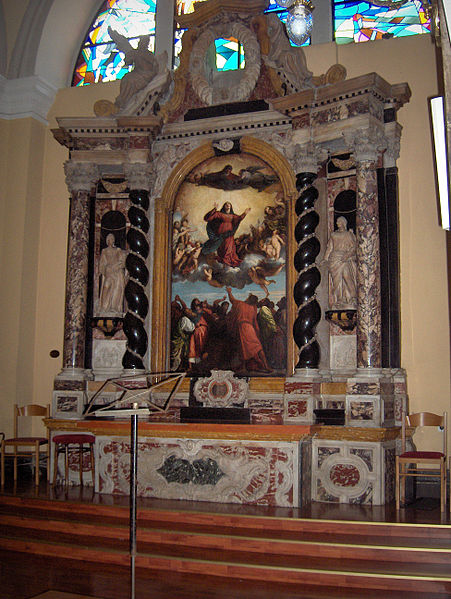
Inside there’s a 13th-century wooden crucifix from the earlier church with an interesting cult attached to it. It is said to have bled when a certain ne’er-do-well named Petar Lončarić threw a rock at it, after losing at gambling (and before he was immediately swallowed up by the earth).
Brush up on your facts at the Maritime and Historical Museum
West from the cathedral on Žrtava fašizma (note the air-raid shelters on the opposite side, marked sklonište, and the massive masonry of the Palace of Justice) is Muzejski trg, which is where you’ll find Rijeka’s Maritime and Historical Museum.
It has exhibits drawn from Rijeka’s extensive maritime tradition, and is housed in the former Governor’s Palace (Guvernerova Palača), which dates from 1892. The Governor’s Palace was built by one of the leading Hungarian architects of the time, Alajos Hauszmann, whose other works include the Parliament building in Budapest, though the exterior and grounds these days exude a rather sad air of neglect. An afternoon spent here promises a fascinating and useful lesson in Rijeka’s maritime roots.
Relax in the city’s parks
Two of Rijeka’s larger parks and gardens are just to the northeast of the Governor’s Palace: Mlaka Park and Nikola Host Park, both of which were laid out in the 19th century.
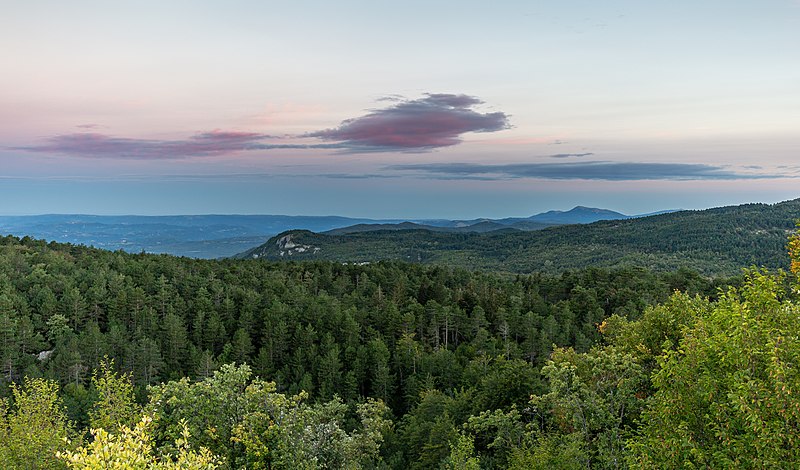
For those who want a longer stroll, Učka Nature Park along the coast above Lovran has miles of well-marked footpaths, as does the Gorski kotar region further inland and northeast of Rijeka, including Risnjak National Park.
Appreciate the architecture on Revolution Square
On Revolution Square (Trg Riječke revolucije) you’ll find the Dominican monastery and Church of st Jerome (Samostan i crkva sv Jeronima), both of which, despite their Baroque appearance, formed part of an Augustinian monastic complex founded in the early 14th century.
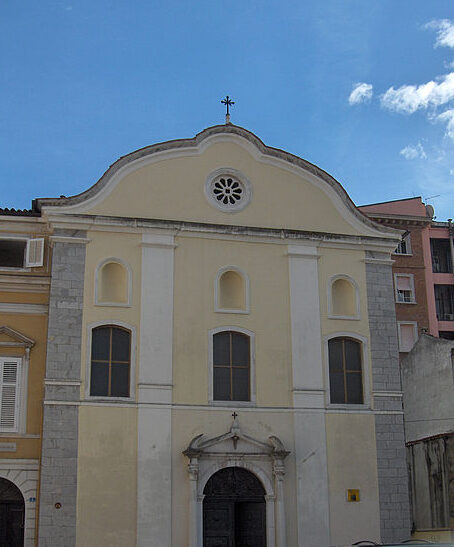
The church has the (rather faint) remains of frescoes on the vault of one of its chapels. To one side of the square is a stone pillar known as the Stendarac. This is where a flag was raised by the emperor Maximilian in memory of the city’s loyalty during the (brief) Venetian occupation of 1508. Or rather, this is one of the places it was raised – the Stendarac originally stood in front of the old town hall, and changed its location several times after that. The relief at the top shows St Vitus holding a model of the city of Rijeka, and there are inscriptions from 1509, 1515 and 1766.
Take a pilgrimage to the Sanctuary of Our Lady Trsat
Up behind the town centre to the northwest is the suburb of Trsat, once the site of an Illyrian hillfort, later of Roman defences against barbarian incursions, and Austro-Hungarian defences against the Ottomans.
The suburb is home to Sanctuary of Our Lady of Trsat (Crkva Gospe Trsatske), one of the largest pilgrimage sites in Croatia, which according to popular belief was the site where the wood from the Virgin Mary’s house remained between 1291 and 1294, on its journey from Nazareth to Loreto in Italy. Following the departure of these holy relics, a miraculous icon (the Image of Our Lady of Trsat) was given to the population by Pope Urban V in 1367, and the local Frankopans built a small church to house it in (though the icon you see now is a copy).
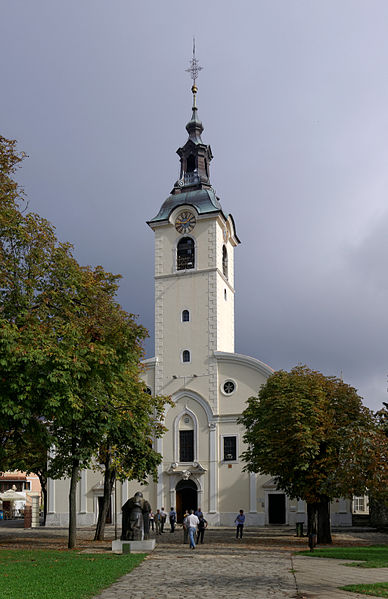
The current church and Franciscan monastery date from the late 17th century. Pope John Paul II joined the pilgrimage to Trsat in July 2003, and a larger-than-life-sized sculpture of him can be found in front of the church, his bronze hand now worn smooth by tens of thousands of passing faithful.
Grab a bargain at the city’s markets
Rijeka’s bustling main market occupies three attractive Art Deco buildings opposite the Modello Palace and near the National Theatre – one for fish, one for fresh and cured meats, one for cheese and dairy produce – with stalls selling vegetables, fruit and flowers spilling out along the streets surrounding these.
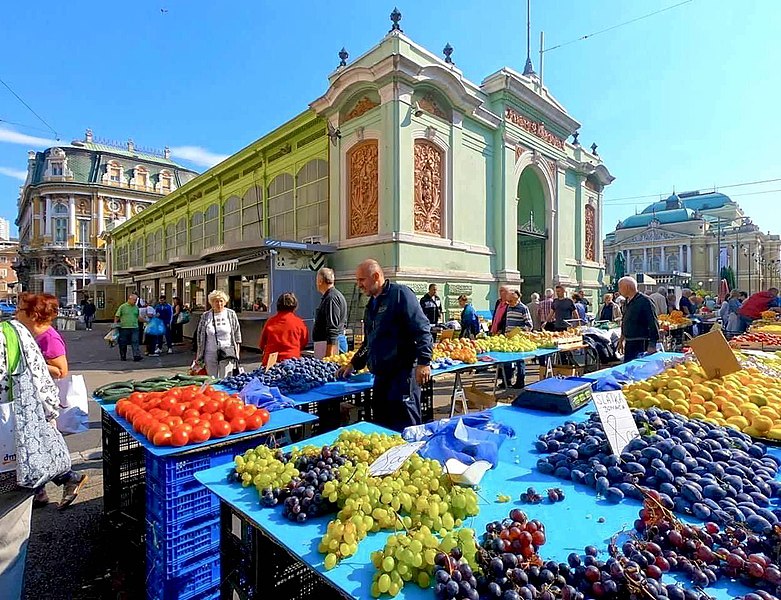
The buildings date from 1880 and the early 1900s. Often just called the ‘placa’ by locals, it is particularly busy on Friday and Saturday mornings, and is well worth visiting whether you’re self-catering or just want a vibrant glimpse of daily life here, with endless temptations to get sidetracked by coffee and freshly made burek.
Take part in the celebrations at Rijeka Carnival
Finally, if you are lucky enough to be visiting Rijeka on the last Sunday before Lent (usually February), the city’s carnival is a must-see. Now the second largest in Europe after Venice, the festivities attract over 600,000 spectators from Croatia and overseas.
Events are spread over several days, culminating in the International Carnival Parade – an enormous event with well over 10,000 participants, which sees a procession of floats and cavorting Croatians in outrageous costumes make their way through the streets of Rijeka. Expect dancing bees, prancing chimney sweeps and all manner of other entertainments, including the increasingly intoxicated, sheepskin-wearing zvončari or bell ringers.
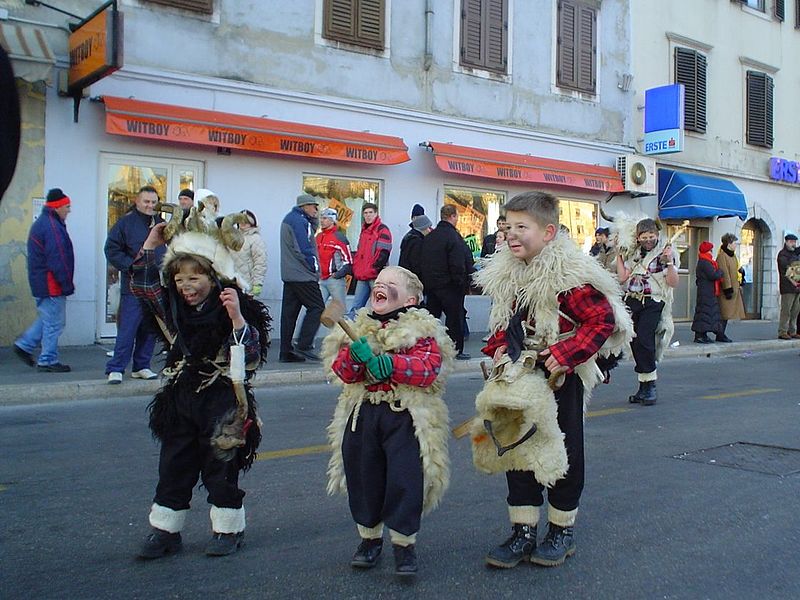
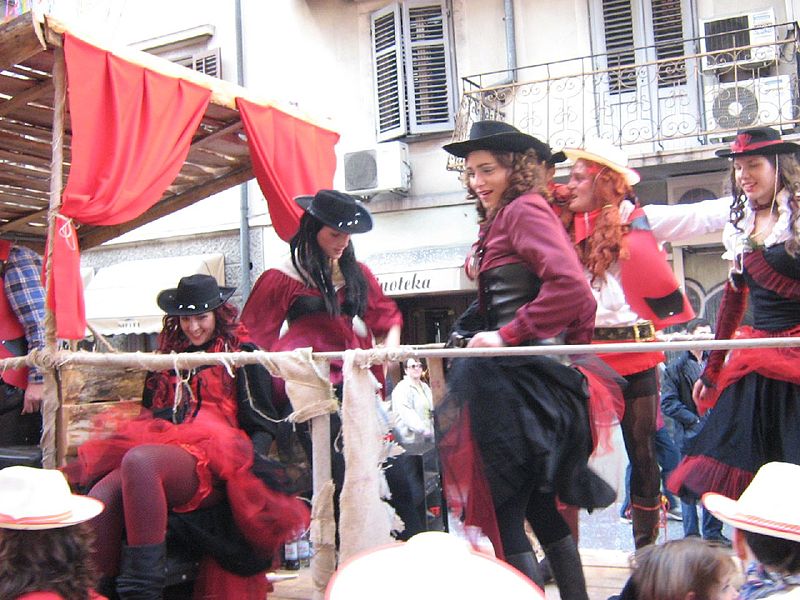
If you see only one carnival in Croatia, make sure it’s this one – and if you’re anywhere even remotely near Rijeka at this time of year, you’d be mad to miss it. This is the day (and night) when the city well and truly lets down its hair, and is without question one of the most wildly enjoyable events I’ve attended anywhere in the world.
Where to eat in Rijeka
Rijeka has fewer restaurants than might be expected for a city its size, and most of them are not on the Korzo itself (which instead abounds in cafés and ice-cream shops). However, what it might lack in numbers it certainly makes up for in quality!
Konoba Feral
Offering excellent & very reasonably priced seafood in a low-key, friendly & traditional setting – this is the place to come for succulent grilled squid (lignje na žaru), mussels simmered in wine & garlic (dagnje na buzaru), seafood stew (brodet) & premium fish by the kilo. A local favourite, & not in the slightest bit stuffy.
Conca d’Oro (formerly Zlatna školjka)
One of the best (& oldest – there’s been a tavern here since 1885) restaurants in Rijeka, Conca d’Oro (the golden shell) serves a wide range of seafood, including traditional staples as well as inventive numbers such as octopus salad marinated in dark beer & served with wasabi & grilled vegetables, or courgette & parmesan flan with scampi sauce. A meal here is the perfect way to end a weekend of sightseeing.
Getting to Rijeka
Rijeka airport, located on the island of Krk which is connected to the mainland by road bridge, has direct flights to the UK with Ryanair, via Zagreb with Croatia Airlines and via Germany with Germanwings, as well as other other flights within Europe.
As a major transport centre, Rijeka is also well-connected by train and bus. From the city’s railway station at Krešimirova 5, there are four trains a day to Zagreb (4–5 hours), with connections to Budapest and Venice, and two to Ljubljana (3 hours). See here for timetables.
There are regular buses from the rest of Croatia, including Zagreb (2 1/2–3 hours; services almost every hour), Pula (90 minutes; at least 14 services daily) and Pazin (1 hour; at least 6 services daily). Timetables for Croatian buses serving Rijeka can be found here.
More information
For more information on Rijeka and Istria, check out Thammy Evans and Rudolf Abraham’s guide: